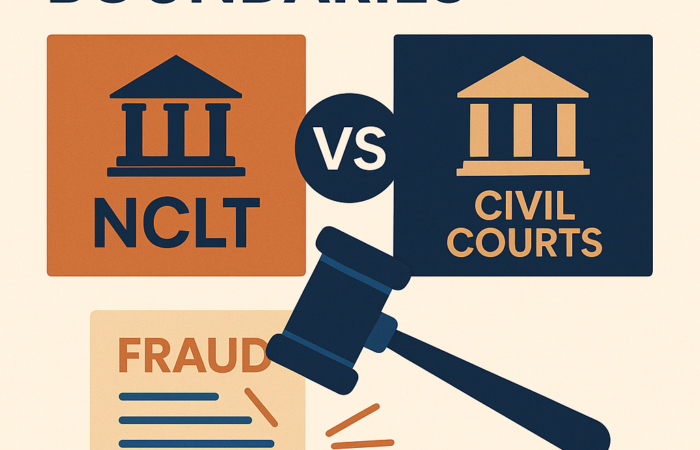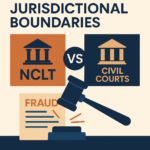Brief Facts
- The Appellant (accused no. 2) was convicted alongside accused no. 1 under Section 302, IPC and Section 25 of the Arms Act.
- The Prosecution’s case included eyewitness testimony, ballistic evidence linking the Appellant to the murder weapon, and recovery of the firearm at the Appellant’s instance.
- The High Court upheld the conviction and sentence. Therefore, this appeal was filed.
Issues
- Whether the Prosecution’s case suffers from serious doubts leading to the benefit of the doubt being extended to the Appellant?
- Whether the delay in recovery of weapon, that too from open place, is fatal to the Prosecution?
Observations by the Court
- Supreme Court allowed the appeal and ordered for acquittal of the Appellant as the two eye witnesses have not supported the story of the Prosecution and even the recovery of weapon was not found to be proven.
- As neither PW-1 nor PW-3 supported the prosecution, what remains to be considered is only the evidence of alleged recovery at the instance of the Appellant.
- More than one factor renders the Prosecution theory regarding recovery very suspicious and doubtful. The first factor is that the recovery was allegedly made one month and four days after the occurrence. Secondly, the recovery was made from open space in a garden. Thus, the place was easily accessible to many. Thirdly, neither PW-15 nor PW-20 have stated that the weapon and cartridges were buried underground and were recovered only after digging. Lastly, though independent witnesses were available, they were not made witnesses to the Panchnama made pursuant to the alleged statement made by the Appellant. As the recovery of the weapon at the Appellant’s instance cannot be believed, the decisions relied upon by the learned counsel for the Respondent are not significant at all. She relied upon the decisions which hold that in certain cases, a conviction can be based on the recovery of the weapon of offence at the instance of the accused.
Relevant Paragraph
- 7, 8 and 11




